The Article
Silver Diamond Cables From Tellurium Q
31st October 2018
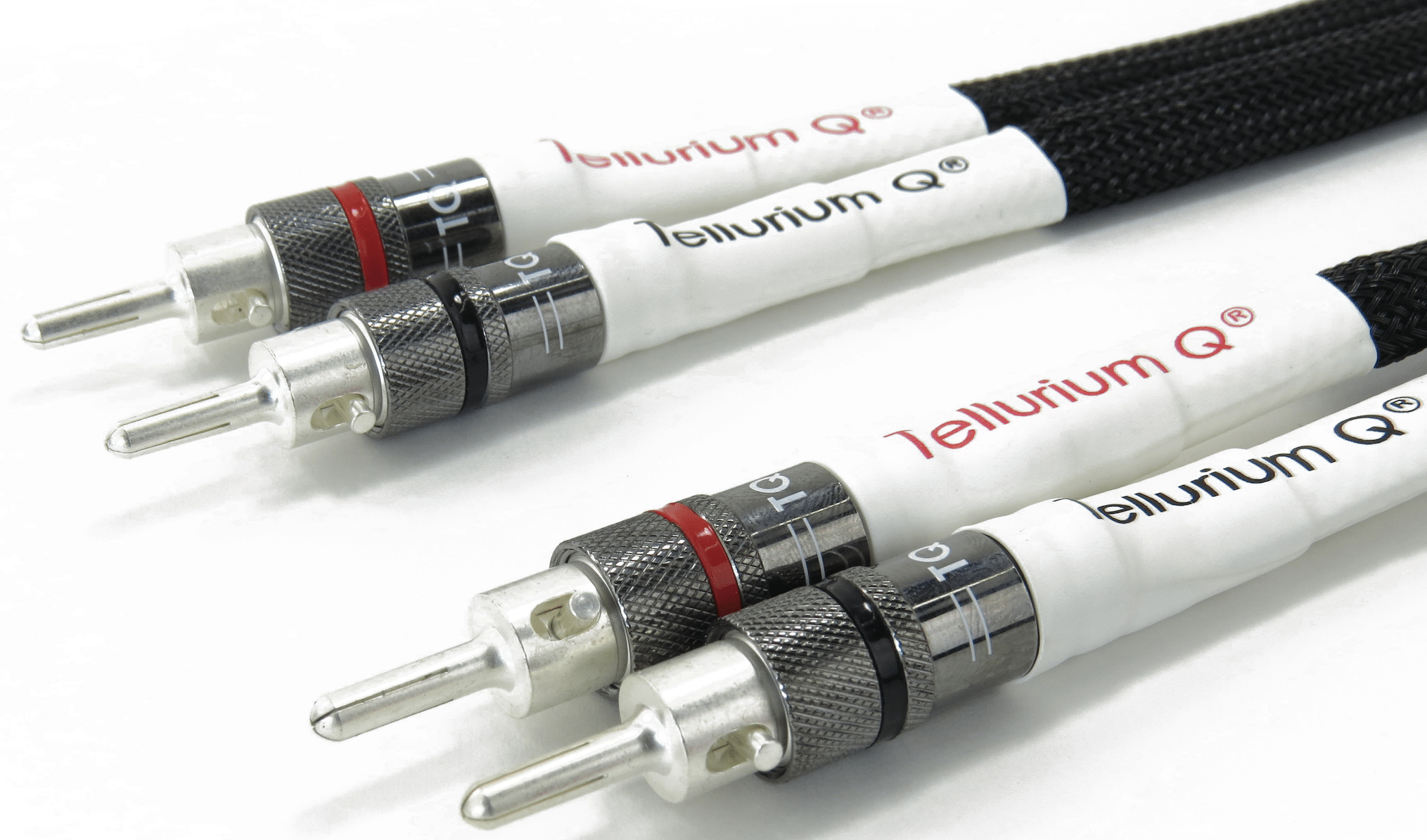
Grabbing a suite of high end cables, Paul Rigby reviews both Tellurium Q’s Silver Diamond speaker and balanced interconnect cables
Approaching these high-end cables for review, I’m reminded of a couple of points that you might want to bear in mind when considering high-end hi-fi.
The first is ‘The diminishing returns theory’. You’ve probably seen this a lot on the Internet. You know the one: ‘the more you spend on hi-fi, the more the performance tails off as you spend greater amounts of cash so value reduces significantly’. That one? Rubbish. Complete rubbish. The only factor that might give the impression of that theory in action is a bottle-neck somewhere in or outside of the system itself. Truth is, if your hi-fi is built with thought and planning and due care is taken of the room and critical ancillaries, then there’s no reason why your hi-fi should not only get better and better, as you upgrade, but should gradually lower your jaw to the floor. Simple as that.
Next? Expensive hi-fi always sounds good. Again, rubbish. That just isn’t so. I’m reviewing an expensive pair of cables here and I’m not expecting anything. Why? Because I’ve reviewed other expensive hi-fi components, including cables, and have been completely underwhelmed by some of them. The basic fact rings true. No matter what the price point, never assume. Never assume that low cost hi-fi sounds poor and expensive hi-fi sounds good. Never assume the opposite either. Just never assume.
I wasn’t assuming anything here, either. Especially because the company continued that tight-lipped act of theirs. So there’s nothing to tell you in terms of technology. I can understand, though. Tellurium Q says that it has spent a lot of time and money developing its cables and it doesn’t want that hard work pinched by another, somewhat lazy and less than honest, cable outfit. Such an underhand manoeuvre has happened before to other outfits, in a different time and place so I don’t really blame this company.
So let’s get to the crux of the matter. We’ve got a pair of Silver Diamond speaker cables and XLR interconnects to consider.
Let’s tackle the speaker cables first.
SOUND QUALITY
Listening to the Silver Diamond speaker cables, I began with vinyl and the country ballad, You’re Free to Go via Emmylou Harris from the album, Thirteen.
My overall feeling after extensive listening tests with these cables is, frankly, one of relaxation. I felt more relaxed because the music sounded relaxed. More specifically, the issue here is one of space. The Silver Diamonds provide a lot of it, over the entire frequency spectrum. This means that every single frequency benefits, which is not always the way with cables. Even with good quality cables, you can hear spot improvements: tighter bass, sweeter upper mids…things like that. Not here, you can tick off every element of this song and hear improvements.
Because there is a greater dynamic reach provided for every frequency, the sound is allowed to travel further, in all directions, and can provide more information while it is doing so.
Let’s take an example. I’ve always thought that Harris’ vocal, on this track was emotive but a bit dry on the crescendo. Only a bit but that gave her voice a distinct personality, in my eyes/ears. Ever so slightly sand-papery, you might say. Well, I now know that isn’t the case. Harris’ voice, in actuality, wants to travel onwards and upwards though the midrange to the upper levels of the same. You start placing a dynamic ceiling on her voice and it will react like a piece of that coarse paper I mentioned, direct from B&Q. You, instead, give her the present of extra dynamic room to manoeuvre and she’ll let you know that she merely has more information to offer, her voice is no longer squeezed, she provides more texture and complexity and everyone’s a winner.
The strumming guitars are the same. Before, the guitars sounded like they’d been squeezed into a box, maybe 20% too small. This meant that the attack of the strum – that first ‘hit’ of the fingers on strings – sounded rather clunky. Like too much wood was being stimulated and not enough string. With the Silver Diamonds in play, that woody effect was reduced and a greater effect of the result of the strumming was heard. That is, reverb tails were far more in evidence.
As I say, you could tick off each and every instrument and sound effect and hear the same thing. The mandolin actually appeared in more of this song than I’ve heard before. Tiny little mandolin strum effects were heard in various parts of the song where, again, they were not heard previously, one result of the low noise nature of the Silver Diamonds.
This extra room actually helped rather strident, brightly mastered CDs such as my old copy of Queen’s Jazz which can, on some hi-fi systems, be almost unlistenable. Given the sweeping spaces provided by these cables, the constricted nasties experienced via this album were less of an issue. Not removed but bearable, shall we say.
This high energy track also benefitted from the Silver Diamonds’ sonic approach, giving the percussion both room to bluster and explode all over the soundstage but also the time and space to impress in terms of detail. The bass and lead guitar also held significant parts in the mix. The low noise performance of the cables allowed the guitars to offer a great attack and intricacy to their respected performances.
I then turned to the balanced interconnects, connecting them to my Benchmark DAC (and CD combination) and then, later, my reference all-in-one Quasar from Leema. I began with CD and Depeche Mode’s Enjoy The Silence and noticed the now notable personality trait of the speaker cables. The interconnects provided an immense amount of space for music to play in, giving frequencies enough dynamic reach to travel along and naturally die without sounding constricted or abbreviated in any way. Along with the low noise performance, the bass enjoyed new focus and precision while the nature of the elaborate soundstage enabled subtle effects to come though. Because of that, the soundstage had a rich and deep presentation.
Hence, lonely ride cymbals could be isolated by the ear and larger synth washes – too easily blended away by the brain in preference for more dazzling up front sounds – also had a significant part in the mix.
Turning to Bing Crosby and Let a Smile Be Your Umbrella as a 24bit/96kHz file, the Silver Diamond interconnects where able to reach deep into the Crosby chest to track the man’s later-period baritone resonance while the open and flowing nature of the jazz brass, behind him, was both natural and tonally precise. What impressed me here was the toned nature of the performance. There was never a hint of smear, notes started and stopped on a transient sixpence and never wavered. This helped to maintain the sprightly pace of this chirpy and happy-go-lucky ditty.
CONCLUSION
The Silver Diamond interconnects blended a combination of smooth midrange, detail and focus plus an airy midrange to give a splendidly descriptive performance that never sounded pinched or cramped but, on the contrary, allowed the music to roam wherever it fancied. More than anything, this element of trusting the music to do whatever it wanted meant that every piece of music played though them was exciting.
The Silver Diamond speaker cables offered a tremendous tonal realism, clarity and detail combined with a naturalistic flow. You don’t feel that music is bumping its head on any unnatural music boundaries which means there is less subconscious tension around the soundstage and that relaxation I mentioned flows in abundance. You feel that you could listen to your music for hours (and hours).
The Silver Diamond standard should arrive with a government warning, it’s dangerously easy to listen to these cables.
SILVER DIAMOND SPEAKER AND BALANCED INTERCONNECT CABLES
Prices:
Speaker cables: £4,476 for a 3m pair
XLR interconnect cables – £1,800 per metre
Tel: 01458 251997
Website: www.telluriumq.com
GOOD: dynamic reach, transient performance, clarity, spacious soundstage, tonal realism
BAD: nothing
RATING: 9
[Don’t forget to check out my Facebook Group, The Audiophile Man: Hi-Fi & Music here: www.facebook.com/groups/theaudiophileman for exclusive postings, exclusive editorial and more!]
REFERENCE
Origin Live Sovereign turntable
Origin Live Enterprise 12″ arm
Van Den Hul Crimson XGW Stradivarius Cartridge
Icon PS3 phono amplifier
Aesthetix Calypso pre-amp
Icon Audio MB845 Mk.II monoblock amplifiers
Quad ESL-57 speakers with One Thing upgrade
Vertex AQ, Gekko, Black Rhodium Bolero & Tellurium Q cable
Blue Horizon Professional Rack System
Harmonic Resolution Systems Noise Reduction Components
All vinyl was cleaned using an Audio Desk’s Ultrasonic Pro Vinyl Cleaner

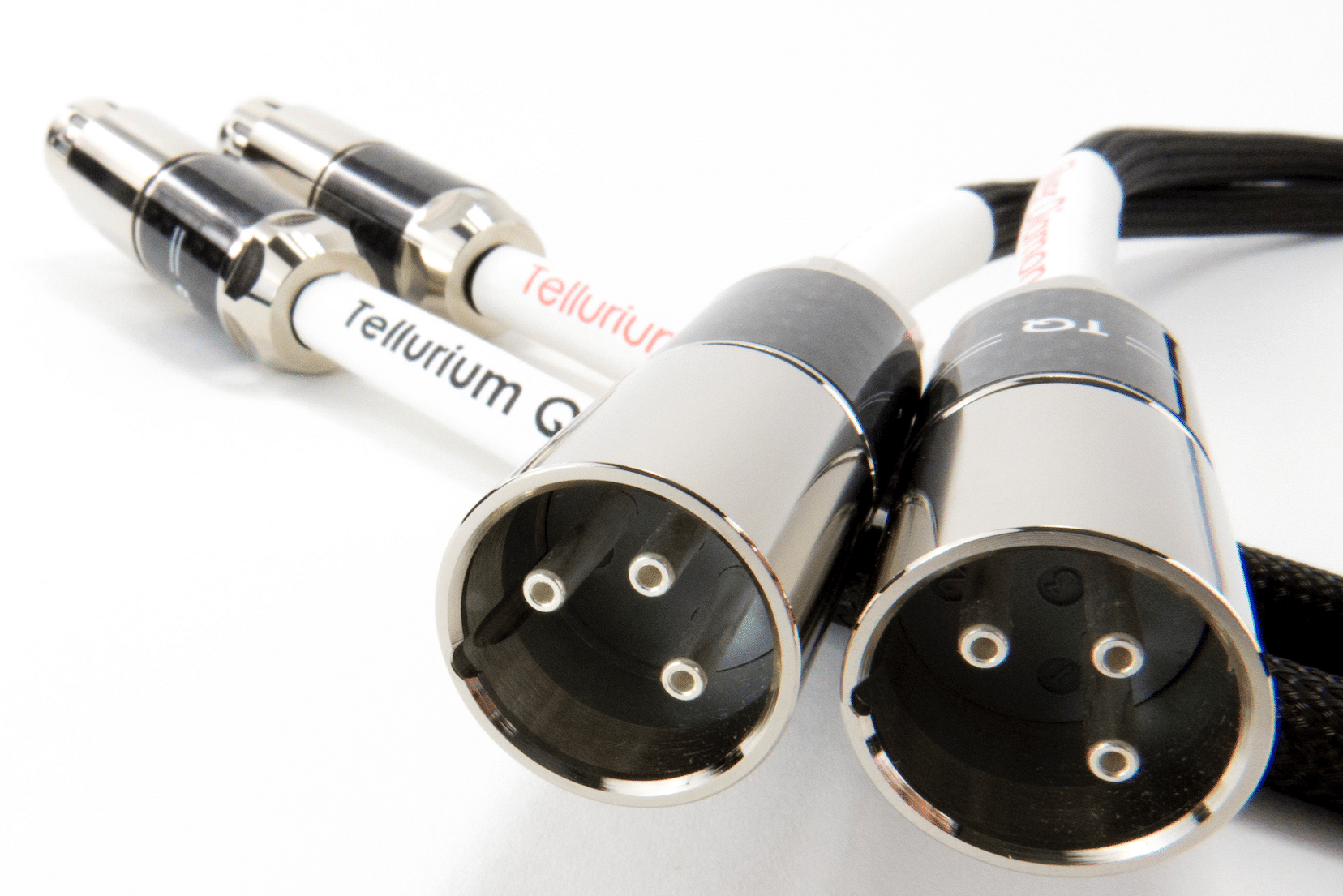
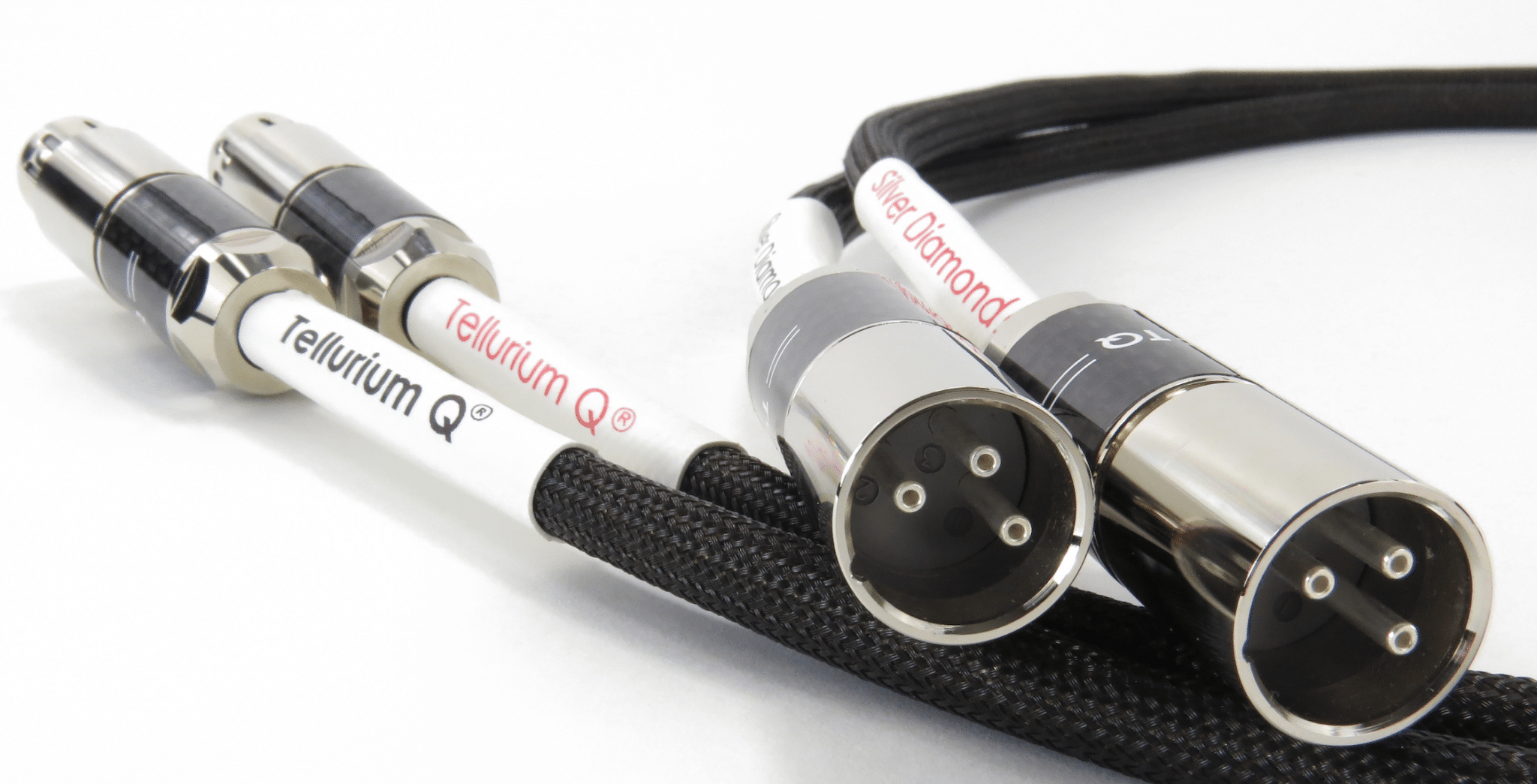
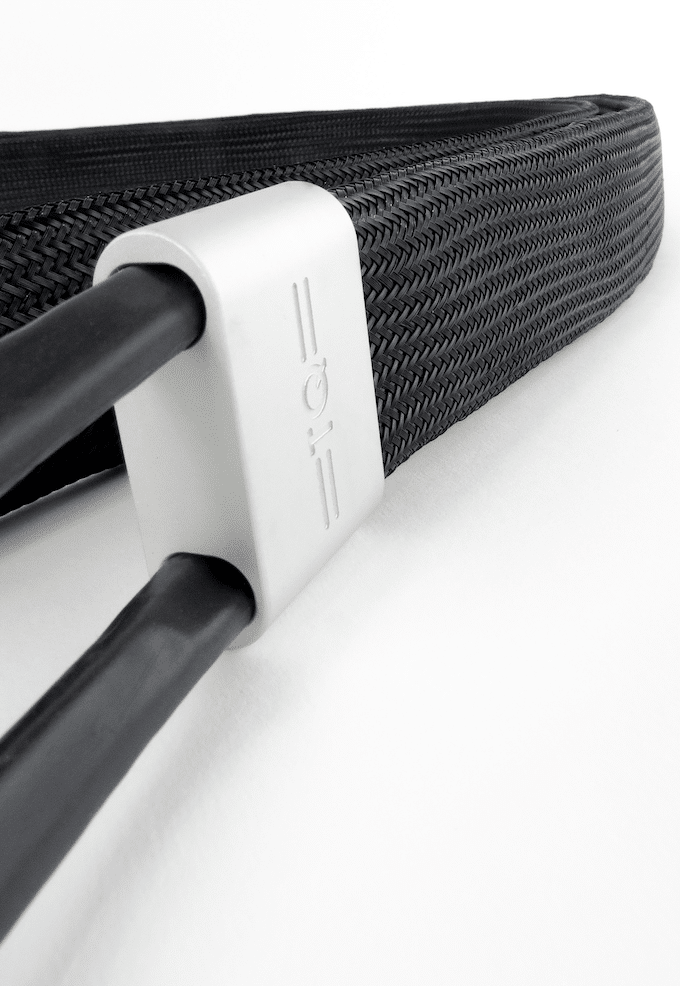
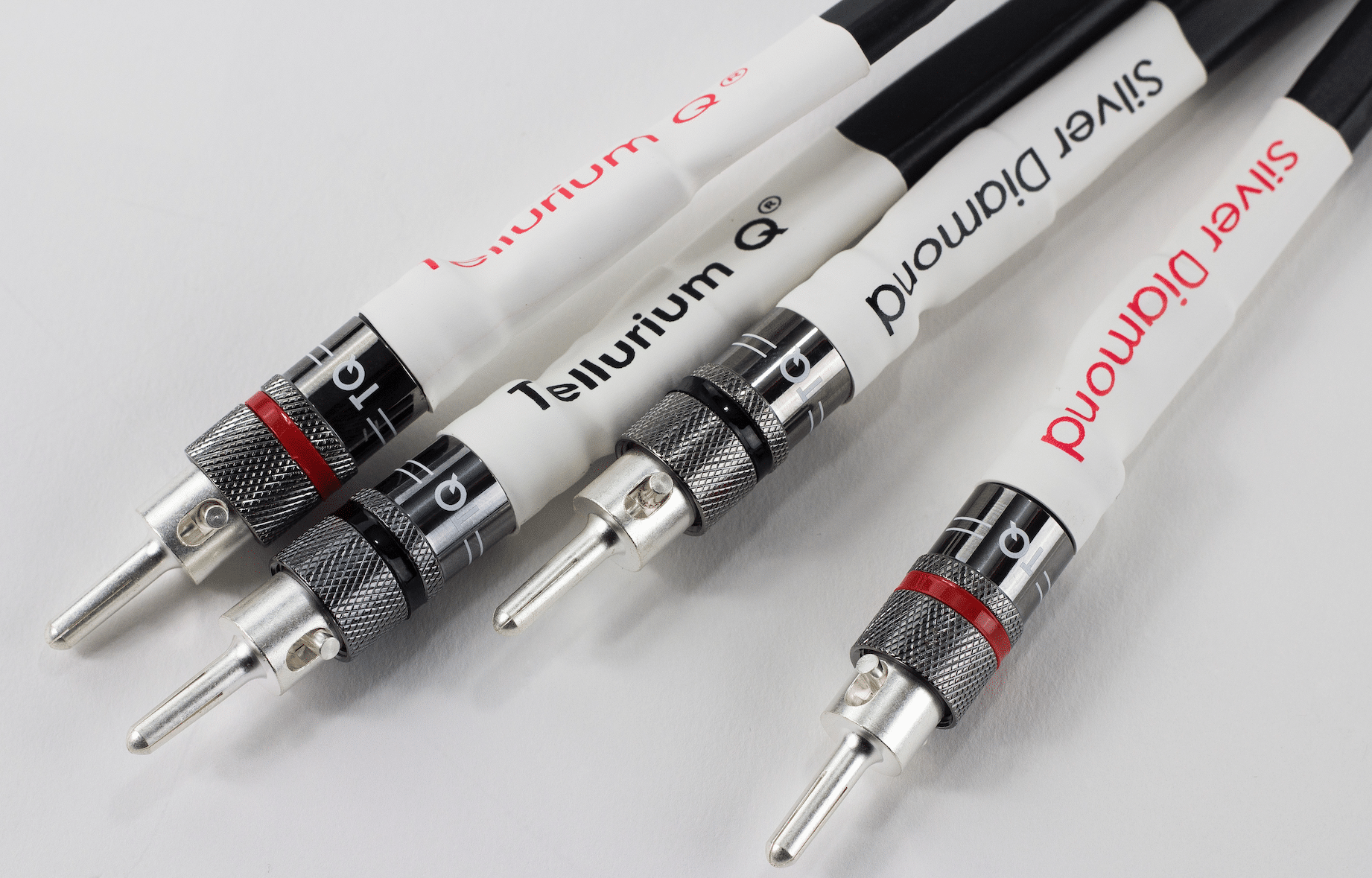
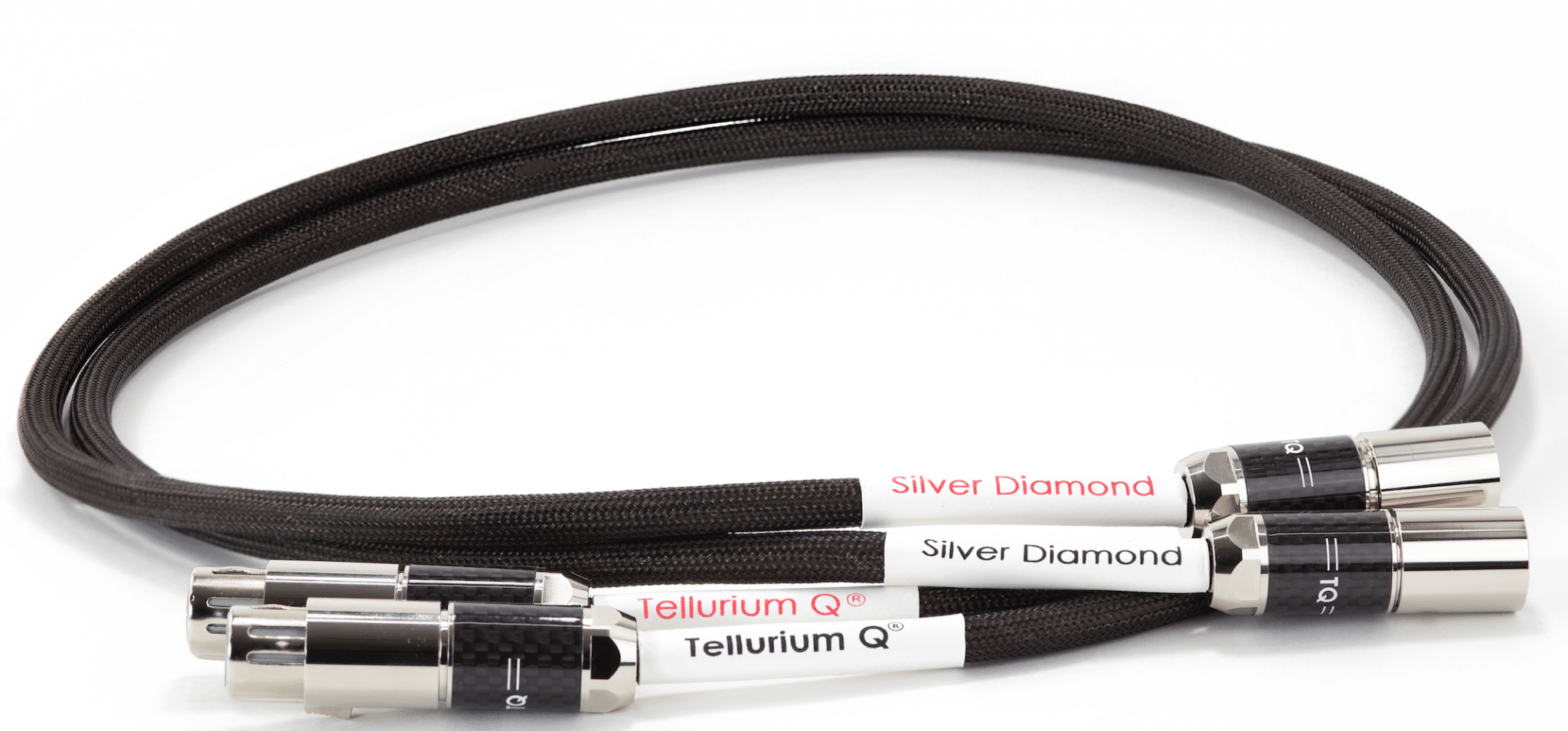
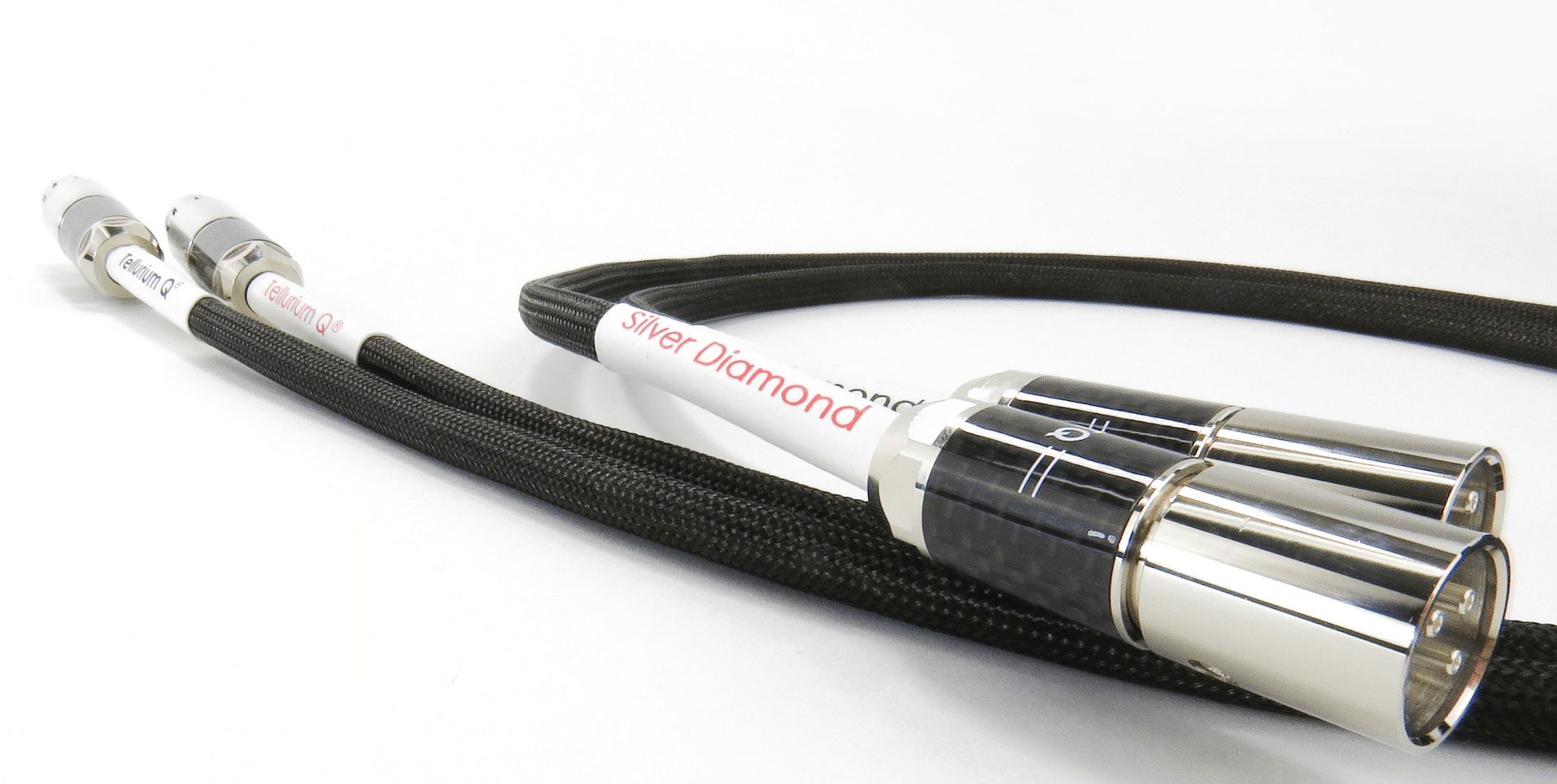

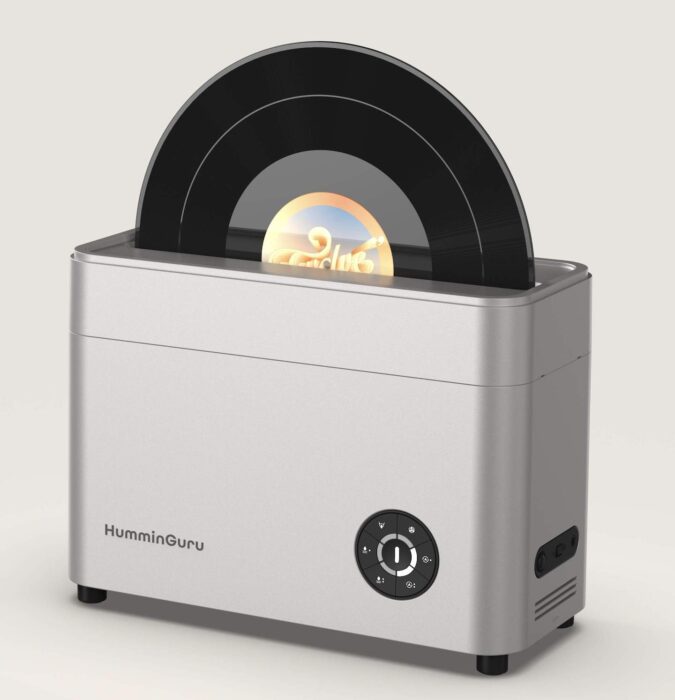
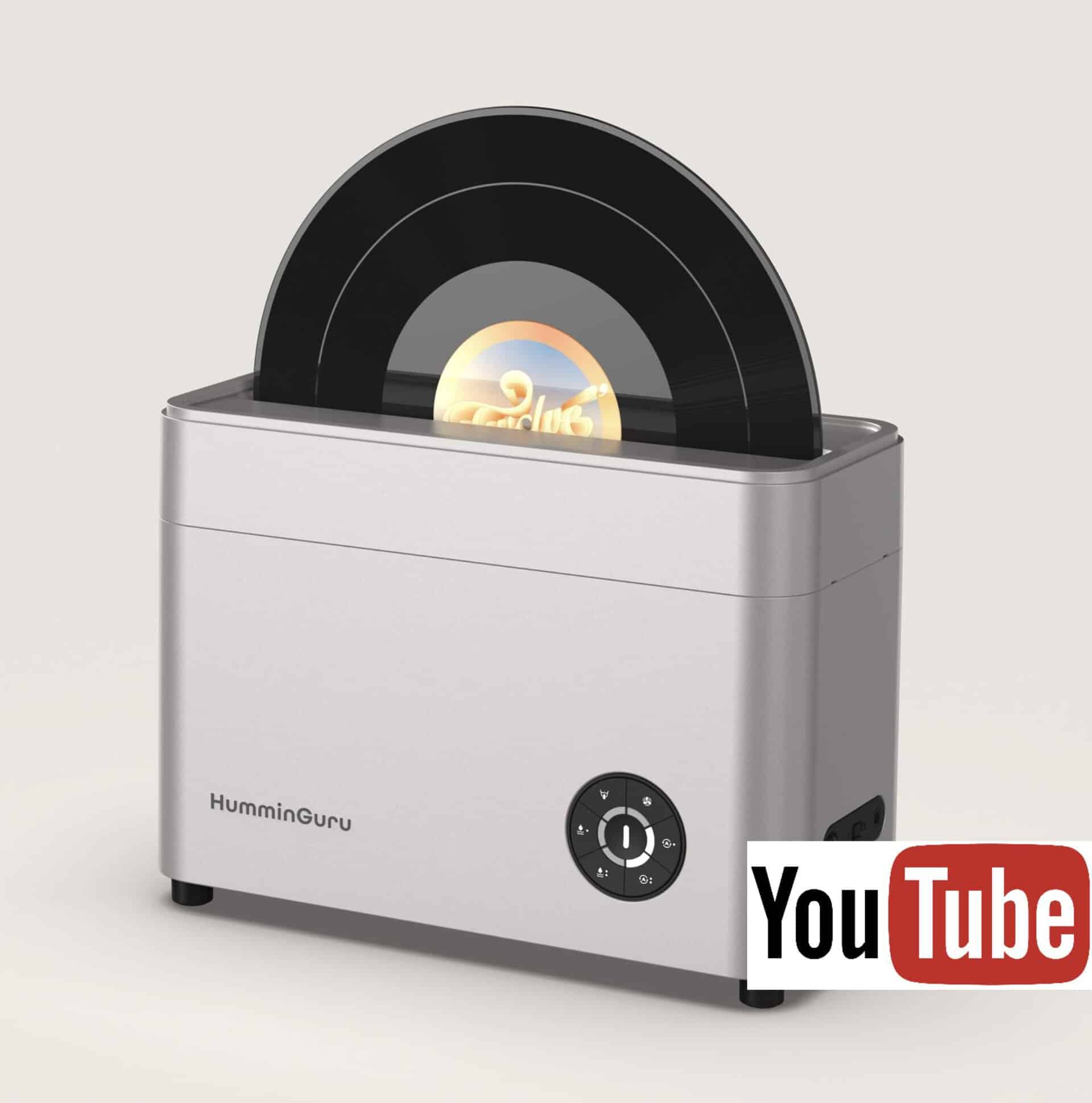
Hi Paul, these are serious money but it would be interesting to compare to the EWA LS-25 you reviewed a while back as some of the tech/design may have commonality, seeing as previous TQ cables had the same designer as the EWA cables now do.
LS-25 is meant to be a very serious cable (hoping to try some very soon) for the money and I have been impressed with other EWA mains interconnect and speaker cable. Similar to what you say in this review, I have found spaciousness and clarity in the soundstage to be staggeringly good.
Thanks for your note, Cliff. This is a chalk/cheese thing, I’m afraid. The LS-25s and Silver Diamonds are several classes part and it really wouldn’t be fair to compare them. They are based upon wildly different build budgets, for one, and the resultant prices points reflect that. Suffice to say that both cable types are excellent. I’d be interested to see EWS tackle something as high end as the Silver Diamonds.
Why do you think the LS-25s couldn’t compete? Just because they aren’t as expensive? Price is a flawed comparative metric; particularly given the dealer slurp in the audiophile world. Just do a simple double blind experiment, it’s not rocket science. I often feel that reviewers aren’t honest and seem to give more expensive components the nod just because of price, and perhaps because they are scared of the advertising loss.
Hi John – my product critique is based upon listening sessions that I’ve developed over the years, my ears, my industry experience and conclusions based upon those sound tests. Nothing more or less. Price has never been an issue. I’ve reviewed plenty of poor, high-priced kit over the years.
I try to detail the reasons for any conclusions forged within any review.
I like the LS-25s very much. It’s just that the TQ cables are on a different level. As an Avid Acutus turntable is on a different level to a Rega Planar 3.
My views on hi-fi life are not for all. The world would be a boring place if they were. I always like to recommend that you find a hi-fi critic that is simpatico with your hi-fi likes/dislikes and then you stick with him/her/them.
Paul… your taste in music! Obsessing over every nuance of Emmylou’s vocal. What on earth?!?!
Queen, Depeche Mode, Bing….. get a grip man.
In all seriousness, I suggest that instead of just buying thousands of pounds worth of amazing gear, you EXPLORE music a little more. All you’re doing is listening to the system. There’s a whole world of incredible music out there, you only live once. Ditch the wretched Queen and Depeche Mode, forget Bing – maybe keep some Emmylou – but PLEASE PLEASE open your mind, your heart, your ears.
While cooking this evening I played an old cassette tape of the legendary Berlin Lucia. The sound quality was appalling but it was ELECTRIFYING.
Hi Sam, you’re assuming ol’son. I choose tracks to test hi-fi equipment to best illustrate the hardware itself. My music collection is quite eclectic, I can assure you 🙂